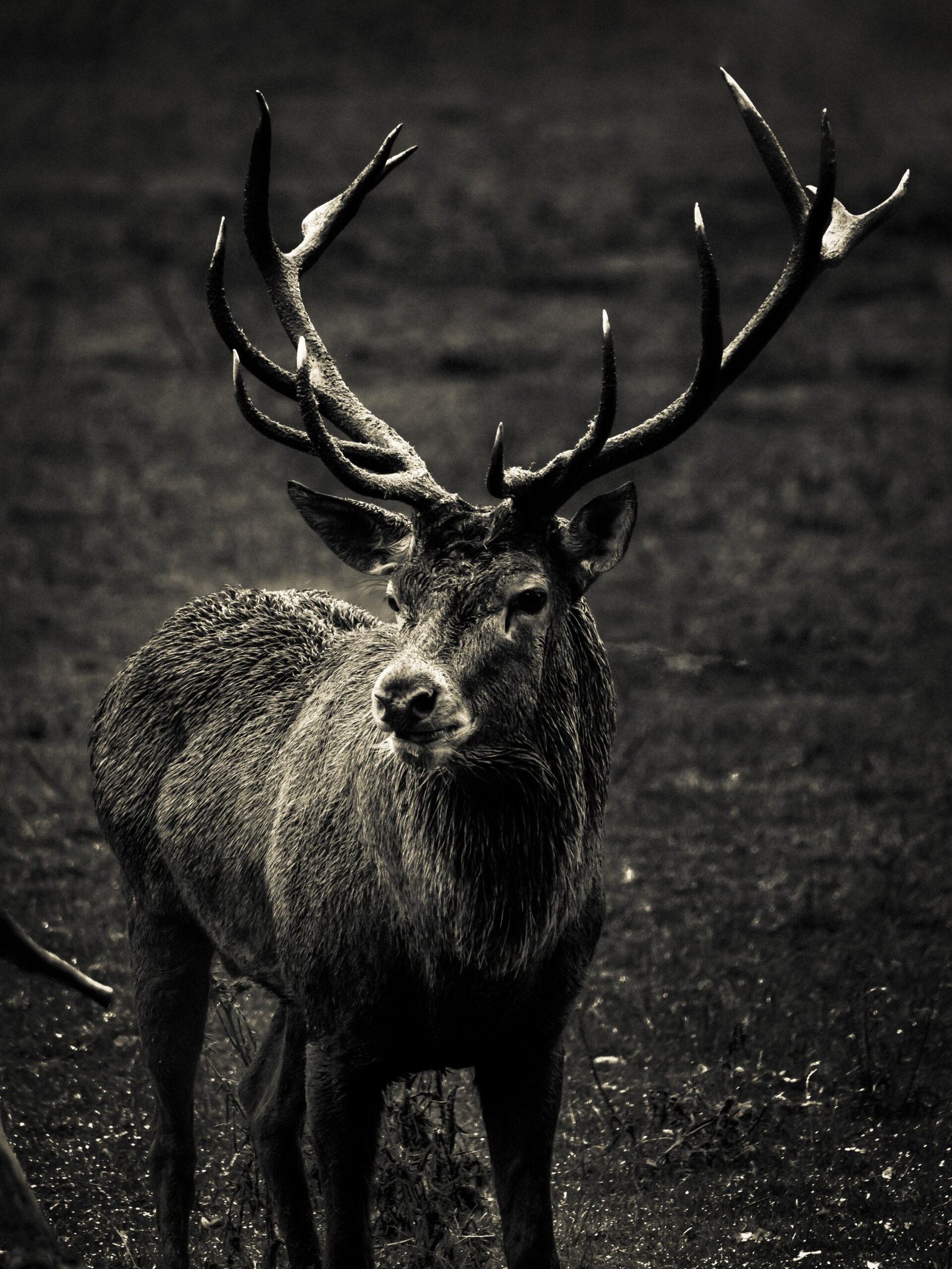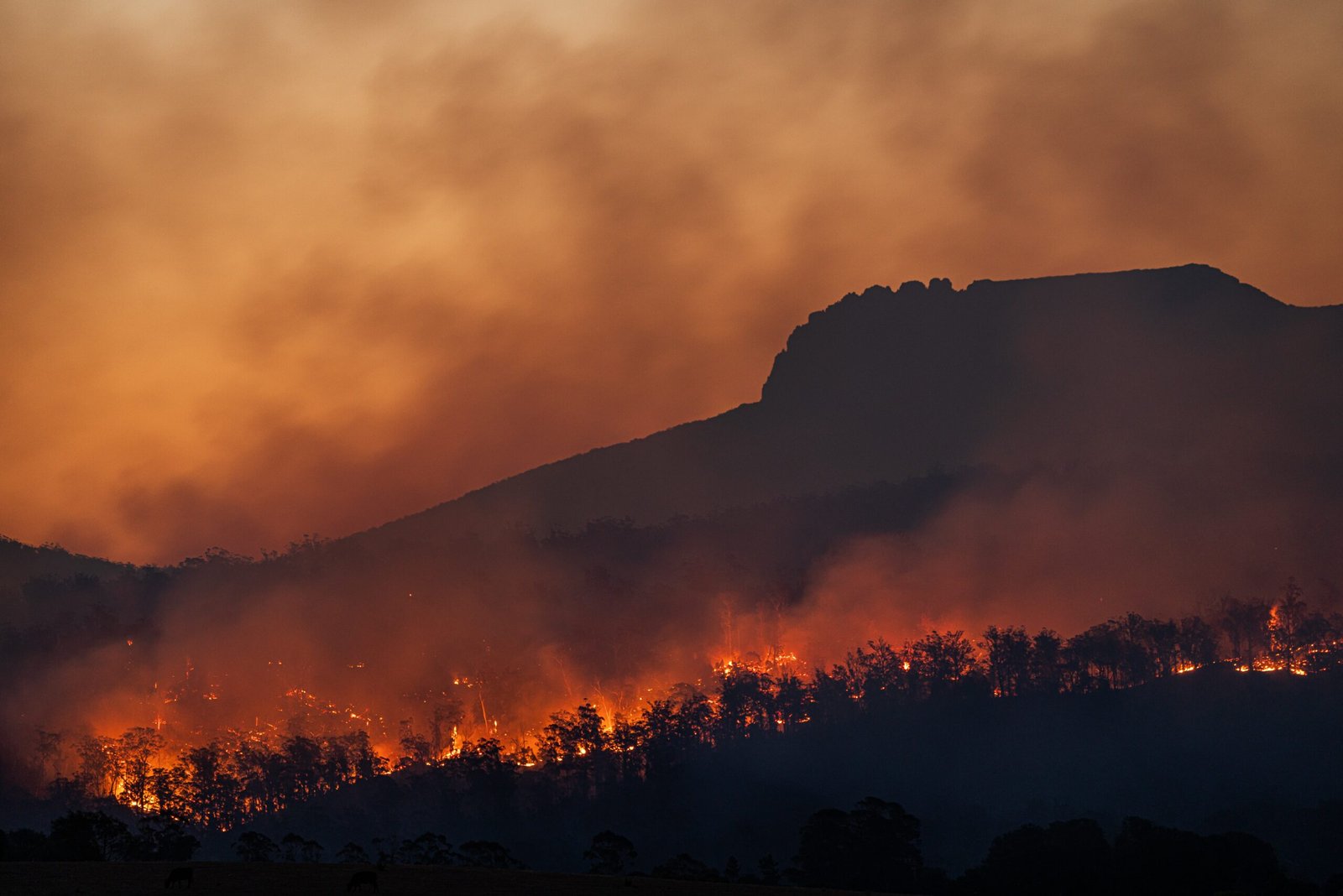Introduction
Have you ever wondered about the fascinating world of bucks? These majestic creatures have captivated humans for centuries with their grace, strength, and beauty. In this comprehensive guide, we will delve deep into the world of bucks, exploring their habits, habitats, and the important role they play in our ecosystem.
Understanding Bucks
Before we embark on this enlightening journey, let’s clarify what exactly a buck is. In the realm of wildlife, a buck refers to a male deer, typically distinguished by its antlers. While there are various species of deer, such as white-tailed deer, mule deer, and elk, bucks are a common sight in many parts of the world.
The Life of a Buck
From birth to maturity, the life of a buck is a fascinating tale. Let’s take a closer look at the different stages of a buck’s life:
- Birth: A baby buck, known as a fawn, is born in the spring or early summer. These adorable creatures are covered in white spots, which serve as camouflage in the forest.
- Growth and Development: As the fawn grows, it begins to develop antlers. This process varies among different species, but generally, bucks shed their antlers annually and grow a new set.
- Mating Season: When the time comes, bucks engage in fierce competition to win the attention of females, known as does. This period, often referred to as the rut, is marked by dramatic displays of dominance and vocalizations.
- Survival and Legacy: Bucks face numerous challenges in the wild, from predators to harsh weather conditions. Those that survive contribute to the population and pass on their genes to future generations.
The Role of Bucks in the Ecosystem
Bucks play a crucial role in maintaining a healthy ecosystem. Here are some key ways in which they contribute:
- Seed Dispersal: Bucks aid in seed dispersal by consuming fruits and spreading the seeds through their droppings. This helps in the regeneration of forests and the growth of new vegetation.
- Population Control: Through their mating rituals, bucks help regulate the population of deer species. This prevents overgrazing and ensures a balanced ecosystem.
- Predator-Prey Dynamics: As prey animals, bucks are an essential part of the food chain. Their presence provides sustenance for predators, maintaining the delicate balance of nature.
Frequently Asked Questions about Bucks
- Q: How long do bucks live?
- Q: Do all bucks grow antlers?
- Q: What is the purpose of antlers?
- Q: How fast can bucks run?
- Q: Are bucks dangerous?
- Q: What is the largest species of buck?
- Q: How do bucks communicate?
- Q: Do bucks migrate?
- Q: What threats do bucks face?
- Q: How can we help protect bucks?
A: The lifespan of a buck varies depending on factors such as species, habitat, and predation. On average, bucks live for around 6 to 8 years.
A: No, only male deer grow antlers. Female deer, known as does, do not possess antlers.
A: Antlers serve various purposes, including attracting mates, establishing dominance, and defending against rivals.
A: Bucks are incredibly agile and can reach speeds of up to 40 miles per hour.
A: While bucks are generally not aggressive towards humans, it’s important to exercise caution and maintain a safe distance, especially during the rutting season when their behavior can be more unpredictable.
A: The largest species of buck is the moose, which can weigh up to 1,500 pounds and stand over 6 feet tall at the shoulder.
A: Bucks communicate through a variety of vocalizations, body language, and scent marking.
A: Some species of bucks, such as mule deer, engage in seasonal migrations to find food and suitable breeding grounds.
A: Bucks face threats from predators, habitat loss, hunting, and collisions with vehicles.
A: Supporting conservation efforts, preserving natural habitats, and practicing responsible wildlife management are key steps in protecting bucks and their ecosystems.
Tips for Encountering Bucks Safely
- Keep a safe distance and avoid approaching bucks, especially during the rutting season.
- Observe from a distance using binoculars or a camera with a zoom lens to avoid disturbing their natural behavior.
- Respect their habitat and avoid leaving any litter or food that could harm them.
- Be cautious when driving in areas known for deer populations, especially during dawn and dusk when they are most active.
Conclusion
As we conclude our journey into the world of bucks, we hope you have gained a deeper appreciation for these magnificent creatures. From their life cycle to their vital role in the ecosystem, bucks are a true wonder of nature. By understanding and respecting them, we can ensure their continued existence for generations to come.
Call to Action
If you’re eager to learn more about wildlife and conservation, join our newsletter to stay updated on the latest news and initiatives. Together, we can make a difference in protecting our natural world.









